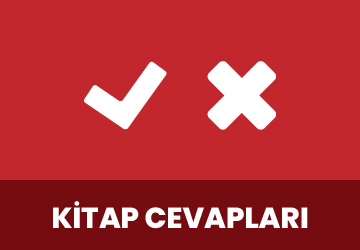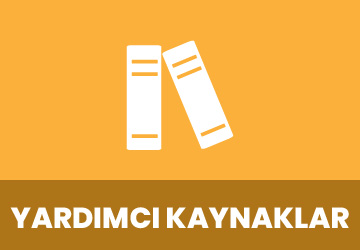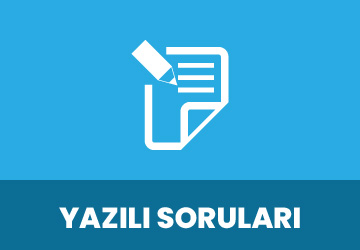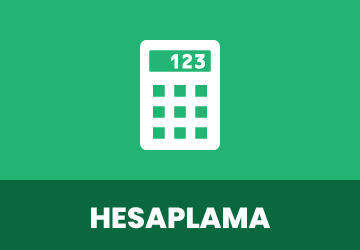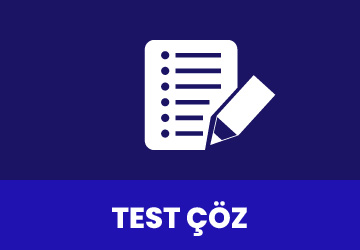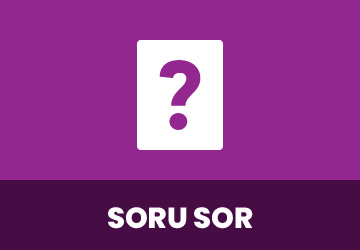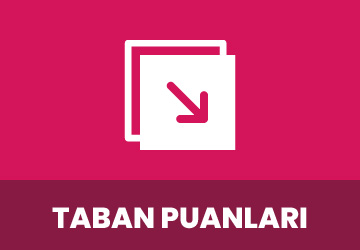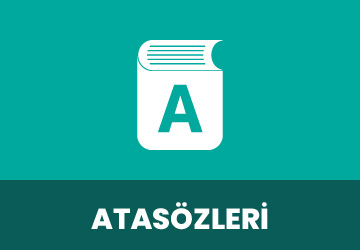
10. Sınıf İngilizce Hazırlık Ders Kitabı Cevapları Sayfa 65


10. Sınıf İngilizce Hazırlık Ders Kitabı Sayfa 65 Cevapları Meb Yayınları‘na ulaşabilmek ve dersinizi kolayca yapabilmek için aşağıdaki yayınımızı mutlaka inceleyiniz.
10. Sınıf İngilizce Hazırlık Ders Kitabı Cevapları Sayfa 65
3 BOGOs: Almost all people feel thrilled and overjoyed when they get free products. According to experts, people tend to prefer a second free product rather than receiving %50 discount on the first product they actually need. As a result, companies often cash in on BOGO (buy one get one) campaigns and double their sales. 4 False Sense of Urgency: Customers think “now or never” in this technique. Feeling like missing a rare opportunity, they usually decide to buy. For this reason, some products are presented as having a very limited stock or with a limited time offer. Warnings like ‘7 people are looking at this now’ or ‘only 1 left’ while shopping online are there to get the customer to buy the product. 5 Loss Leader: Sometimes companies offer us excellent deals, but the discount given on few products is just to take the customer in and sell plenty of other items. It really works: Bombarded and manipulated by sneaky and exasperating strategies, we always splash out on many things together with the ones on sale. 6 Instant Markdowns and Decoy Pricing: These markdowns create an illusion about prices. When customers see the-usually fake- first price, they feel like making a profit. In Decoy pricing, likewise, there are fake pricings for different sizes of the same product to show pricier version more economical. That’s why they ask you to bump up your popcorn or coffee to big size for only 2 dollars. Similarly, every menu has an exorbitant item that is not meant to sell, but there just to make everything else seem more affordable.
d. Read the definitions and fill in the blanks with the correct phrases and collocations from the table.
e. Look at the examples and examine the difference between a base and a strong adjective. Find the strong versions of the given adjectives from the text.
e.g. She was ill and she looked very bad. She was ill and she looked very awful.
• We can use ‘very’, ‘amazingly’, exceptionally’, incredibly’, ‘particularly’, ‘remarkably’ and ‘really’ before base adjectives. e.g. He was very glad. • We can’t use ‘very’ before strong adjectives, but we can use ‘absolutely’, ‘really’, ‘completely’, exceptionally’, ‘particularly’, ‘quite’ and ‘totally’. e.g. He was absolutely overjoyed.
- Cevap:

10. Sınıf Meb Yayınları İngilizce Hazırlık Ders Kitabı Sayfa 65 Cevabı ile ilgili aşağıda bulunan emojileri kullanarak duygularınızı belirtebilir aynı zamanda sosyal medyada paylaşarak bizlere katkıda bulunabilirsiniz.

